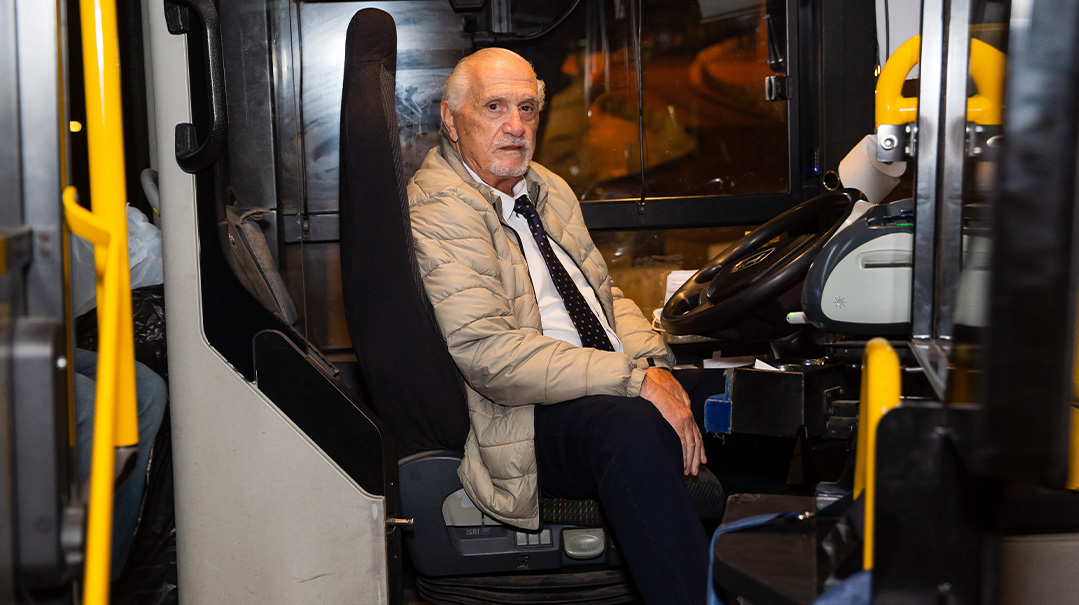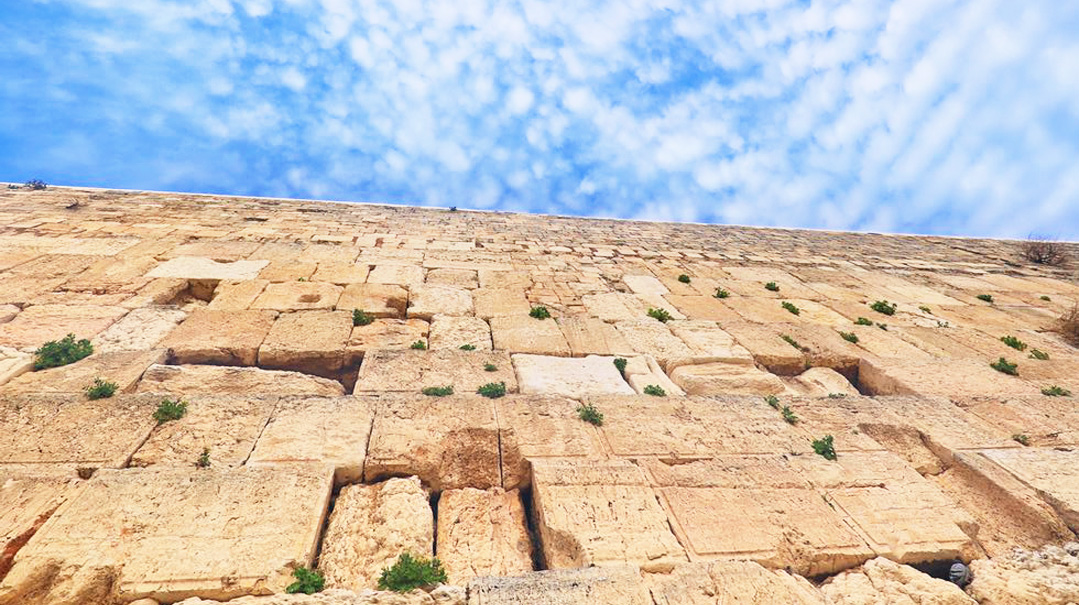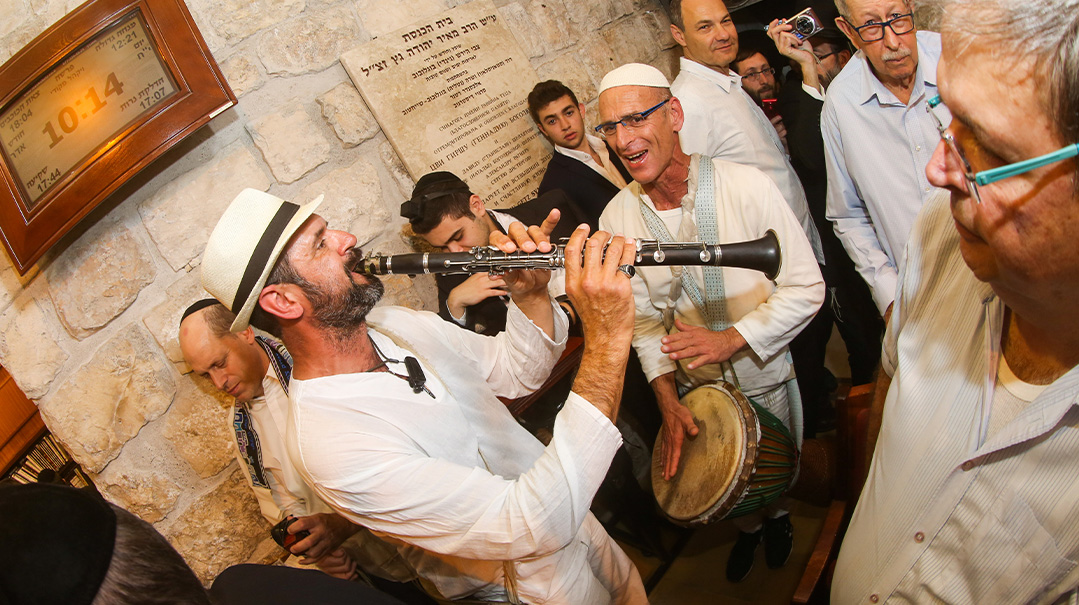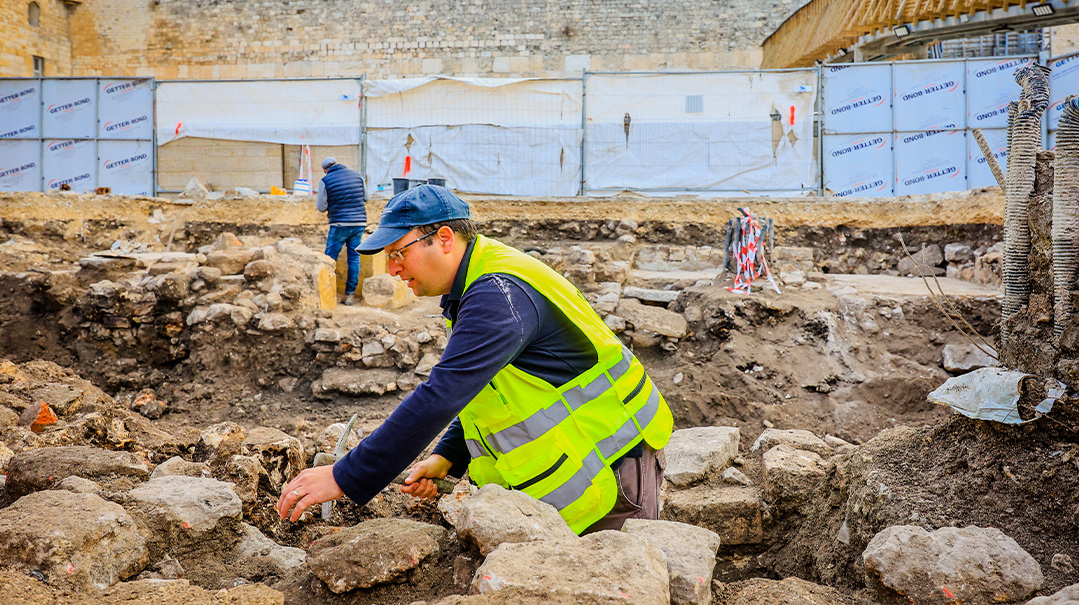Coming Home
| April 11, 2022One by one, 15 teenagers fell into the embrace of the Al-mighty, their neshamos forever stretched
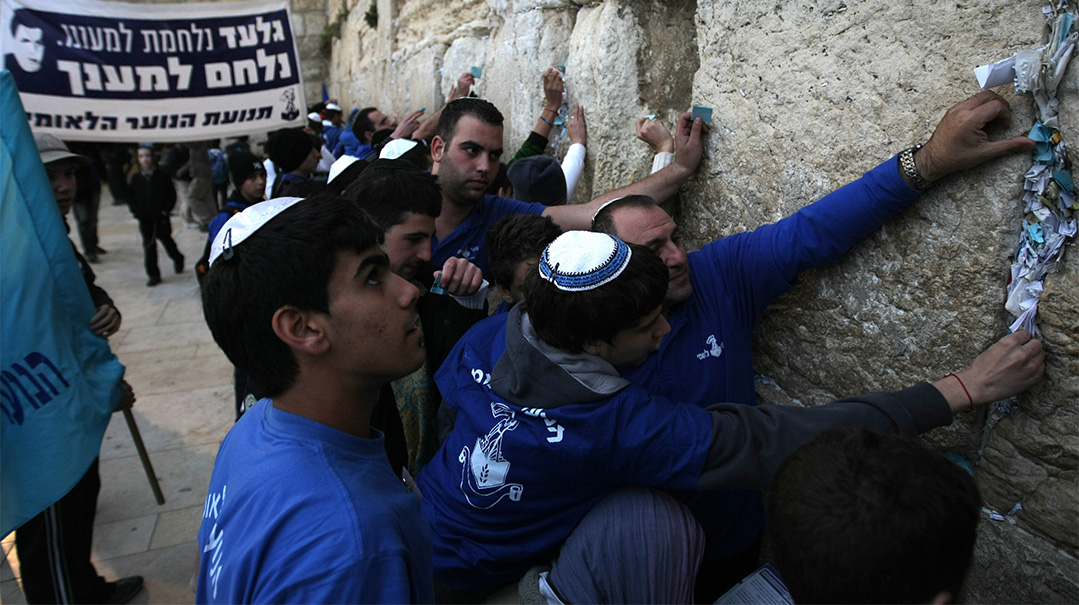
January 2011. My first time on Eretz Yisrael’s holy soil in 19 years. In the past decade, no time had seemed right. But then an opportunity arose, and before I knew it, I was on my way.
Perhaps the security guard at the airport in Philadelphia expressed it best. When he heard how long it had been since my last visit, he commented, “Man, what took you so long to go home?”
Indeed, it had been way too long.
As soon as I settled in, I set out for the Kosel, taking along a special jacket with which to tear kri’ah. I had always found a heter not to, but this time was different. I wanted to feel the Churban.
As soon as the Kosel appeared, I cried freely. Inching forward with my torn jacket, ashamed I had been away so long, I desperately yearned to feel close again. I stood there motionless. And then, I placed my trembling hands against its smooth, familiar, ancient stones. A long-lost child being welcomed by his Father. Tears blinding my vision, I poured out my heart and held on for dear life. For one timeless moment, I tasted home.
People had told me, “Everything’s changed,” that I wouldn’t recognize Eretz Yisrael. They were wrong. One place hadn’t changed at all: the Kosel Hamaaravi.
As one taxi driver stated, “Rak haGeulah teshaneh oto — Only the Redemption will change it.” Nothing else.
Leaving the Kosel that night, I noticed a group of irreligious teenagers wearing flimsy white nylon yarmulkes. As I watched with curiosity, 15 of them formed a human train, each boy placing his hands on the shoulders of the fellow in front of him. Guided by two off-duty religious soldiers, they were acting like, well, teenagers. The train was anything but straight, and they laughed as they walked. Surprisingly, their eyes were closed, as they’d been instructed, hence the curvy train. Soon, they stood within five feet of the Kosel. The leader lined them up horizontally and guided the first one to the wall.
I thought their behavior somewhat inappropriate for the Kosel. Boy, was I wrong.
Placing the young man’s hand upon the Kosel, the leader told him to open his eyes.
The young man stared, dumbfounded. No longer laughing, he leaned his body against the wall, as close as he could. Suddenly, he began to cry.
And then the leader brought the next young man, and the scene repeated itself.
Then the next.
And the next.
One by one, 15 teenagers fell into the embrace of the Al-mighty, their neshamos forever stretched.
When all of them were finally standing close to the Kosel, they placed their arms around each other and leaned in against the wall, as if to hug the Ribbono shel Olam.
One of the leaders explained to me that since this group was coming to the Kosel for the first time, their leaders had not wanted them to see the Kosel from afar and lose their appreciation or enthusiasm. They wanted these young men to experience the warmth and love of the Al-mighty.
They did. And for one unforgettable night, so did I. Yes, Yerushalayim had changed. But the Kosel had not.
Rak haGeulah teshaneh oto. Rak haGeulah.
Rabbi Yechiel Spero is a rebbi in Baltimore, Maryland, and the author of the Touched by a Story series (ArtScroll/Mesorah).
(Originally featured in Mishpacha, Issue 907)
Oops! We could not locate your form.

